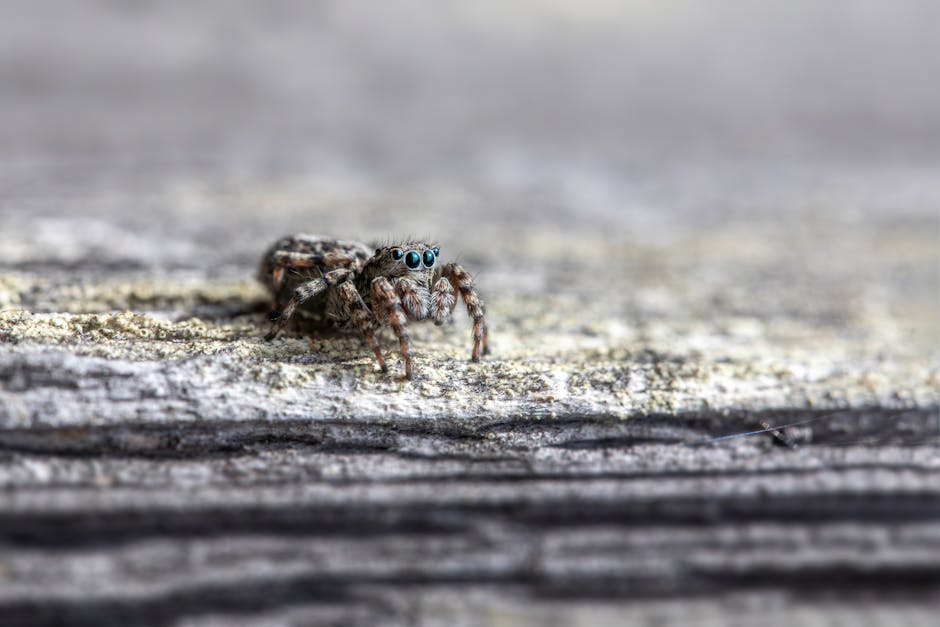⏱️ 4 min read
Top 10 Amazing Facts About Insects
Insects are among the most fascinating creatures on Earth, representing the largest and most diverse group of animals on our planet. These remarkable arthropods have evolved countless extraordinary abilities and characteristics over millions of years. Here are ten incredible facts about insects that showcase their amazing capabilities and significance in our ecosystem.
1. Incredible Population Numbers
At any given time, there are approximately 10 quintillion (10,000,000,000,000,000,000) individual insects alive on Earth. Scientists estimate that insects represent about 80% of the world’s species, with over a million described species and potentially millions more yet to be discovered. For every human on Earth, there are roughly 200 million insects.
2. Extraordinary Strength
Insects possess incredible strength relative to their size. The rhinoceros beetle can lift objects 850 times its own body weight. To put this into perspective, if a human had the same strength-to-weight ratio, they would be able to lift a 65-ton object. This remarkable strength comes from their efficient muscular system and external skeleton structure.
3. Ancient Origins
Insects have been around for approximately 400 million years, predating dinosaurs by about 170 million years. The oldest known insect fossil is of a wingless hexapod called Rhyniognatha hirsti, dating back to the Devonian period. This long evolutionary history has allowed insects to develop incredible adaptations and survive multiple mass extinction events.
4. Unique Respiratory System
Unlike vertebrates, insects don’t breathe through lungs or a centralized respiratory system. Instead, they use a network of tiny tubes called tracheae that deliver oxygen directly to their tissues. This system of tubes extends throughout their bodies, allowing oxygen to diffuse directly to cells without the need for blood transport.
5. Exceptional Visual Capabilities
Many insects have compound eyes composed of thousands of individual lenses called ommatidia. Some species can have up to 30,000 lenses per eye, allowing them to detect rapid movement and see in multiple directions simultaneously. Additionally, many insects can see ultraviolet light, which helps them locate flowers and navigate using patterns invisible to the human eye.
6. Remarkable Regeneration Abilities
Several insect species can regenerate lost limbs during their molting process. When an immature insect loses a leg or antenna, it can often regrow the appendage during its next molt. This ability is particularly important for survival, as it allows them to recover from injuries and continue their normal activities.
7. Complex Social Structures
Social insects like ants, bees, and termites have developed sophisticated societies with complex division of labor, communication systems, and cooperative breeding. In a single ant colony, different castes perform specific roles, from workers and soldiers to queens, creating highly efficient and organized communities that can contain millions of individuals.
8. Incredible Life Cycles
The metamorphosis process in insects is one of nature’s most remarkable transformations. Complete metamorphosis involves four distinct stages: egg, larva, pupa, and adult. During pupation, the insect’s body completely breaks down and rebuilds itself, resulting in an entirely different-looking creature. This process involves complex hormonal and genetic mechanisms that scientists are still studying.
9. Essential Economic Impact
Insects contribute significantly to the global economy through pollination services, estimated to be worth over $235 billion annually. They pollinate approximately 75% of the world’s major food crops and 80% of wild plants. Additionally, insects like silkworms and honey bees produce valuable commodities used in various industries.
10. Extraordinary Survival Adaptations
Insects have developed remarkable survival mechanisms. Some species can survive being frozen solid, while others can withstand extreme heat or dry conditions. The cryptobiotic state of some insects allows them to survive without water for years. Arctic woolly bear moth caterpillars can survive temperatures as low as -60°C and can freeze and thaw multiple times during their lifetime.
Conclusion
These ten fascinating facts about insects demonstrate why they are among the most successful and remarkable creatures on Earth. From their incredible strength and ancient origins to their complex societies and essential role in our ecosystems, insects continue to amaze scientists and nature enthusiasts alike. Their diverse adaptations, survival mechanisms, and ecological importance make them crucial subjects for ongoing research and conservation efforts. Understanding these remarkable creatures helps us appreciate their significance in maintaining the balance of life on our planet.


